Low cycling season: what it is, how long it should last, and what the real objective is
These autumn months are, for most cyclists, their off-season, a time when, after a long year of training, discipline, and effort, it is time to take a break from the bike to allow the body to recover in order to elevate our performance even further in the upcoming season. A period of the year that, like everything surrounding training, has also evolved as knowledge about preparation has improved.
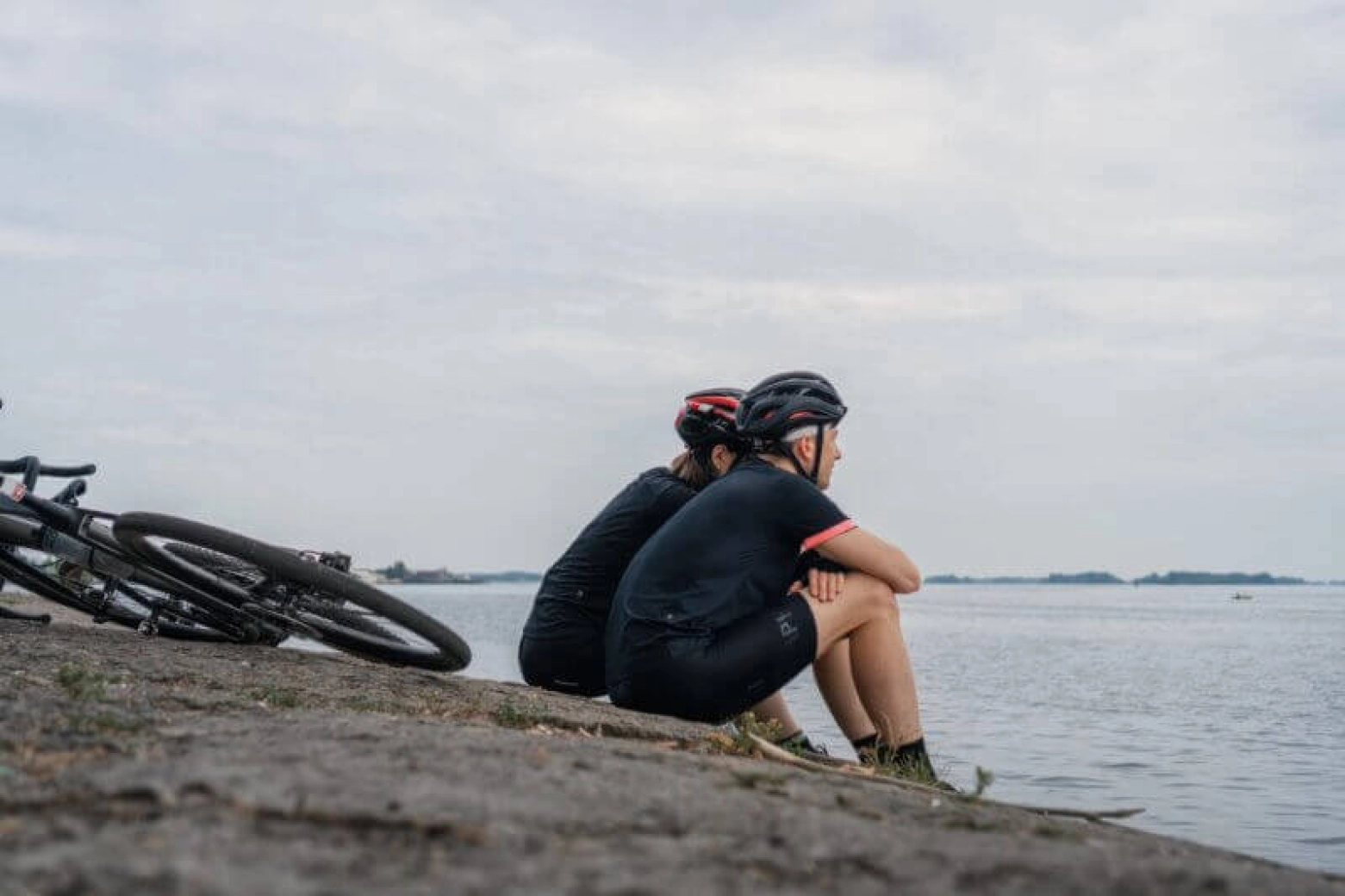
End of Season. Time to Recharge for a Comeback with Renewed Strength
The arrival of cold and rain marks, for almost all cyclists except for those in cyclocross who are just starting now, the end of a long and demanding season that, in many cases, began at the beginning of January regarding competition. Even earlier if we consider the preparation period that precedes it.
Between one season and another, the cyclist's off-season represents that brief period of vacation in which the cyclist can afford to forget about the bike for a few days, indulge in certain dietary pleasures, and even escape on vacation before embarking on the next season.
RECOMENDADO
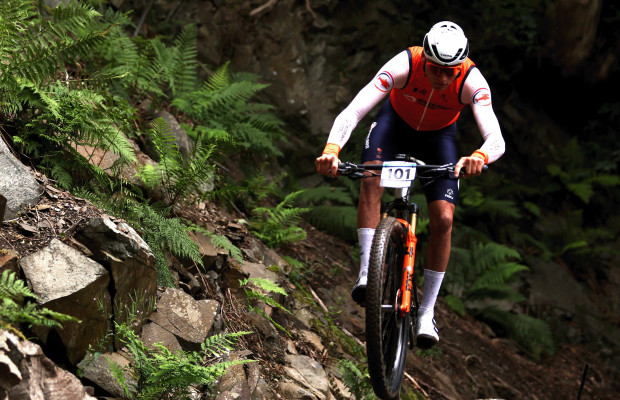
Some reasons to stay away from the road in winter
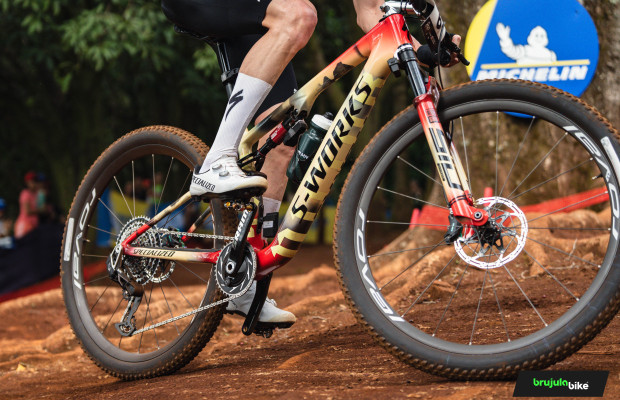
S-Works: what does it really mean and where does Specialized's most exclusive label come from?
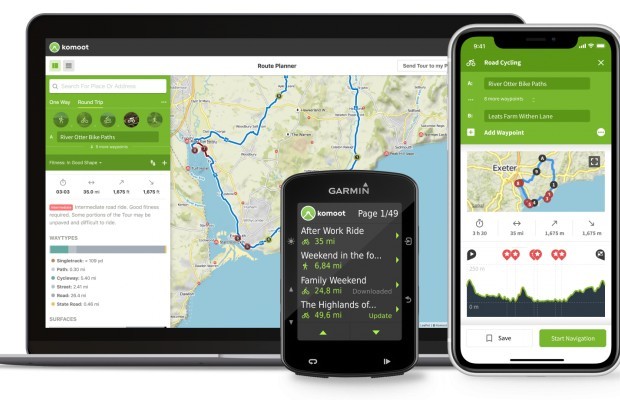
The best apps for cycling and mountain biking
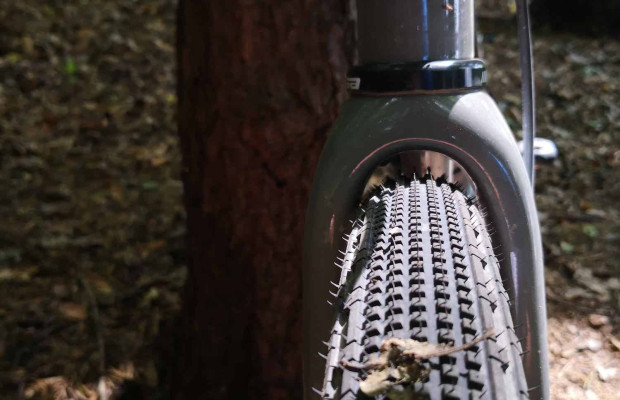
Why wider tires in gravel are faster

Black Friday 2025 cycling bargains: save on Garmin, POC, Maxxis and more
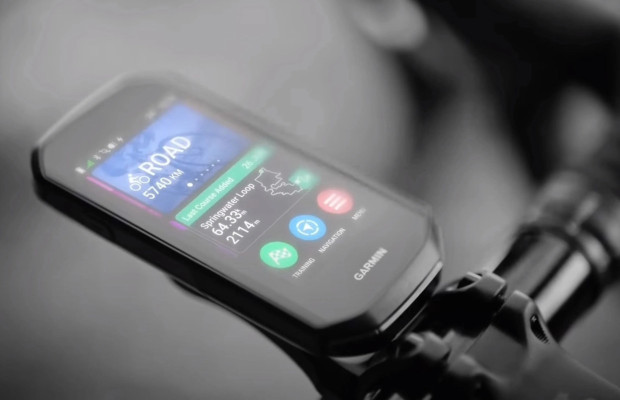
Black Friday Garmin 2025: the ultimate guide to choosing your GPS at the best price
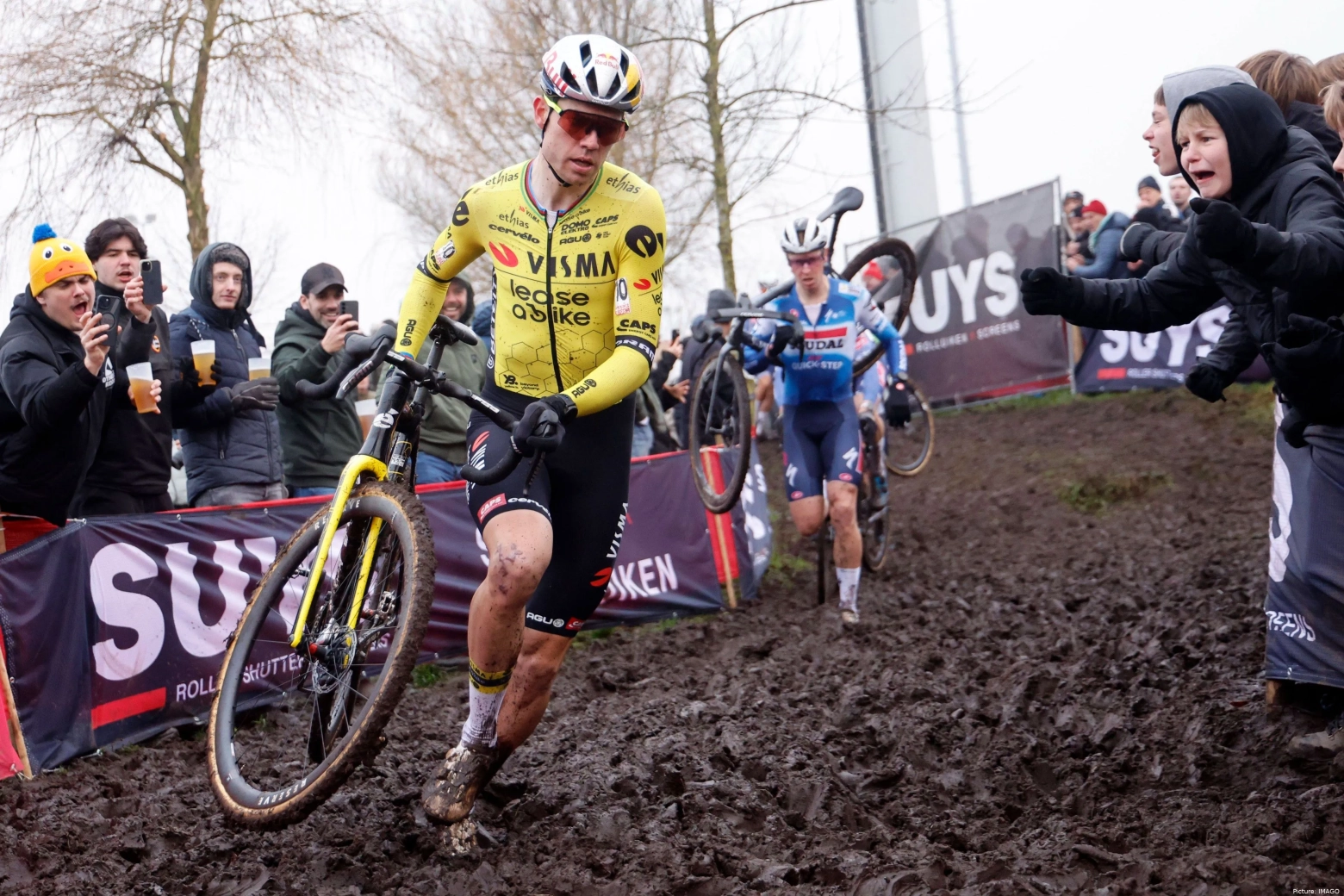
An off-season that has its reason for being from a physiological and training perspective as it allows the body to regenerate and grow even more in the next season. Sports training is structured into different periods that can be grouped into macrocycles, mesocycles, or microcycles. The first usually occupies a season, although, for example, in Olympic sports, the four-year cycle is also often considered a macrocycle.
A mesocycle is usually a specific training block in which the focus is on working a particular characteristic, although other capacities are not neglected, and it usually spans 4 to 5 weeks. Microcycles, on the other hand, are typically identified with each of the training weeks. Following the principle of supercompensation, sports training, whether between intervals of the same session or spreading workouts over a month, essentially consists of applying a progressive load and allowing the body to recover, which will adapt to greater loads. We will apply a slightly higher load again, allow the body to recover, and so on.

However, this evolution cannot be maintained indefinitely as every organism has a limit, and that is why, at the end of the season, it is necessary to allow the body to fully regenerate to start the process again but starting a little higher than in the previous season.
The approach to the off-season has changed over time as training methods have been refined. Traditionally, when this time of year arrived, competitive cyclists would put their bikes in a room, locked away, and forget about pedaling for at least a month. They would also neglect their diet, after months of hardships in a time when sports nutrition was not as developed and the only thing that mattered was being as thin as possible. This led many cyclists to start the season excessively overweight.
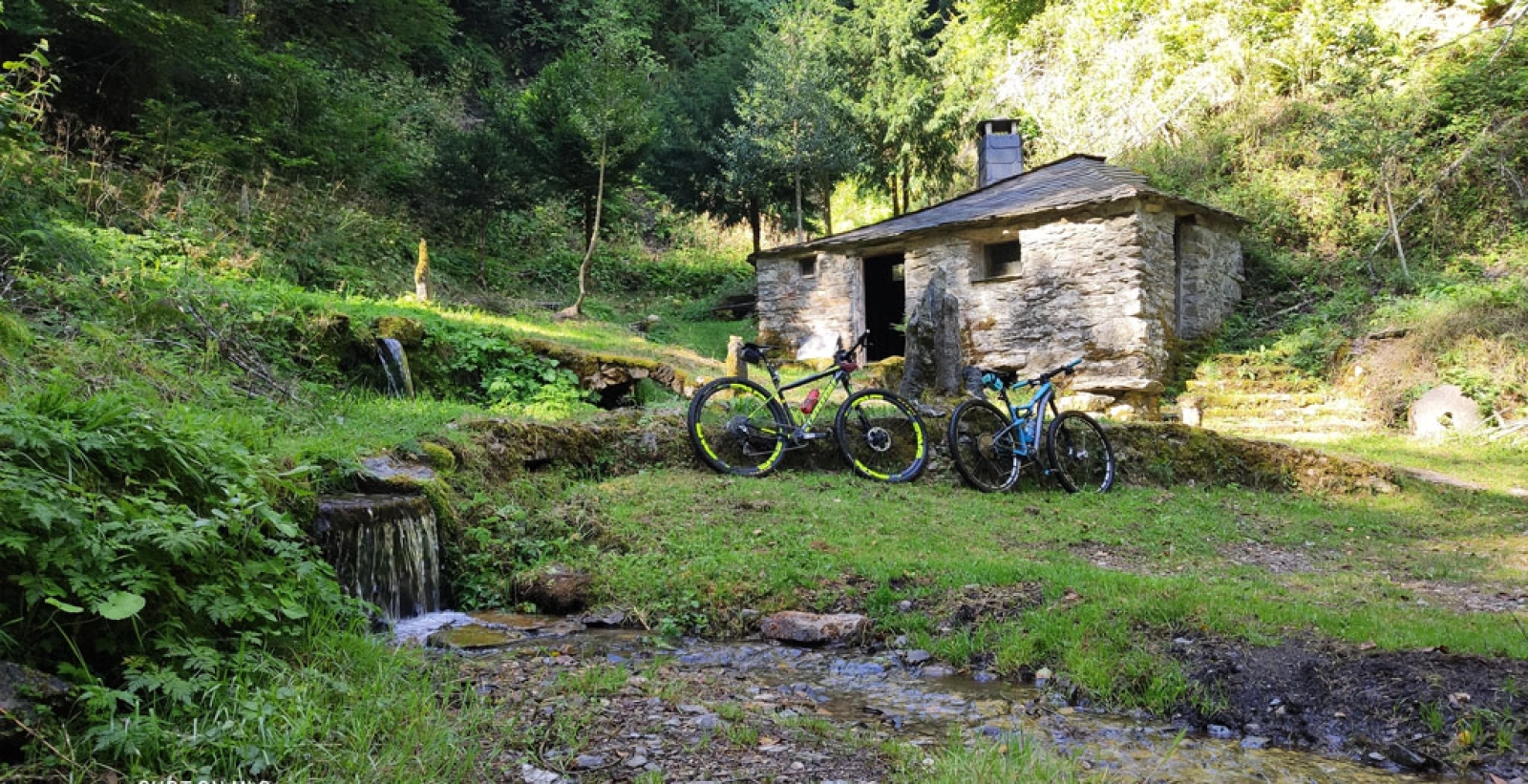
After this rest period, the start of the season was not done directly on the bike, but coaches prescribed gentle aerobic activities such as hiking in the mountains or cross-country skiing, and when they finally returned to the bike, the first months and races consisted of a long conditioning phase before introducing intensity work that would allow them to reach 100% for their key events.
Today, all of that has changed. The professional cyclist has to perform at their best in races that take place from January to October, so within the same season, mini-seasons or peaks of form are established with subsequent recovery periods. This means that the cyclist, although pushed, does not reach the true end of the season completely burnt out.
Therefore, nowadays it is unusual for cyclists to spend more than a couple of weeks without touching the bike during their off-season, and many do not even abandon it, taking the opportunity to participate in other types of events such as gravel races or simply riding for leisure without the demands of planned training. Others, however, take the opportunity to engage in other sports activities such as running, playing golf, etc.
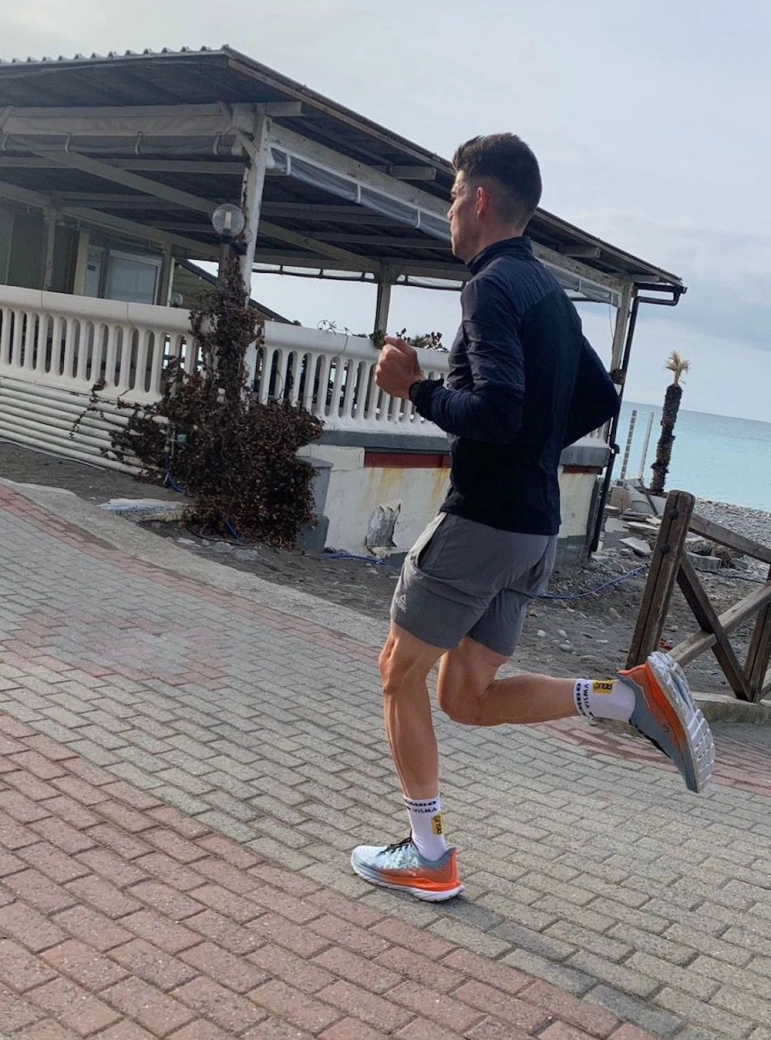
A rest period that lasts little because by November, teams begin to hold the first pre-season training camps, and the cyclist has to start very gently with the prior conditioning in which the bike takes center stage, although, in many cases, those other sports that help gain a base level of fitness without the stress of having to do all the work on the bike from the start are still maintained. Some even opt for running, which was once a demonized activity, or use the cyclocross season as a tune-up for the road or MTB season.
Years ago, the demands of training, in a time when there was not as much knowledge about athlete physiology and the maxim of training was "the more, the better," required a much longer rest period at the end of the season. Today, both knowledge and training methodology make it possible to measure loads and the evolution of the cyclist's form practically to the millimeter. Additionally, the establishment of several peaks of form throughout the year, followed by periods that closely resemble an off-season, has allowed for shorter end-of-season periods, which, on the other hand, means that the loss of form is less.
If we were to compare it to the work activity of any of us, years ago it was common to take a month of vacation all at once, whereas now those vacation days are spread throughout the year.